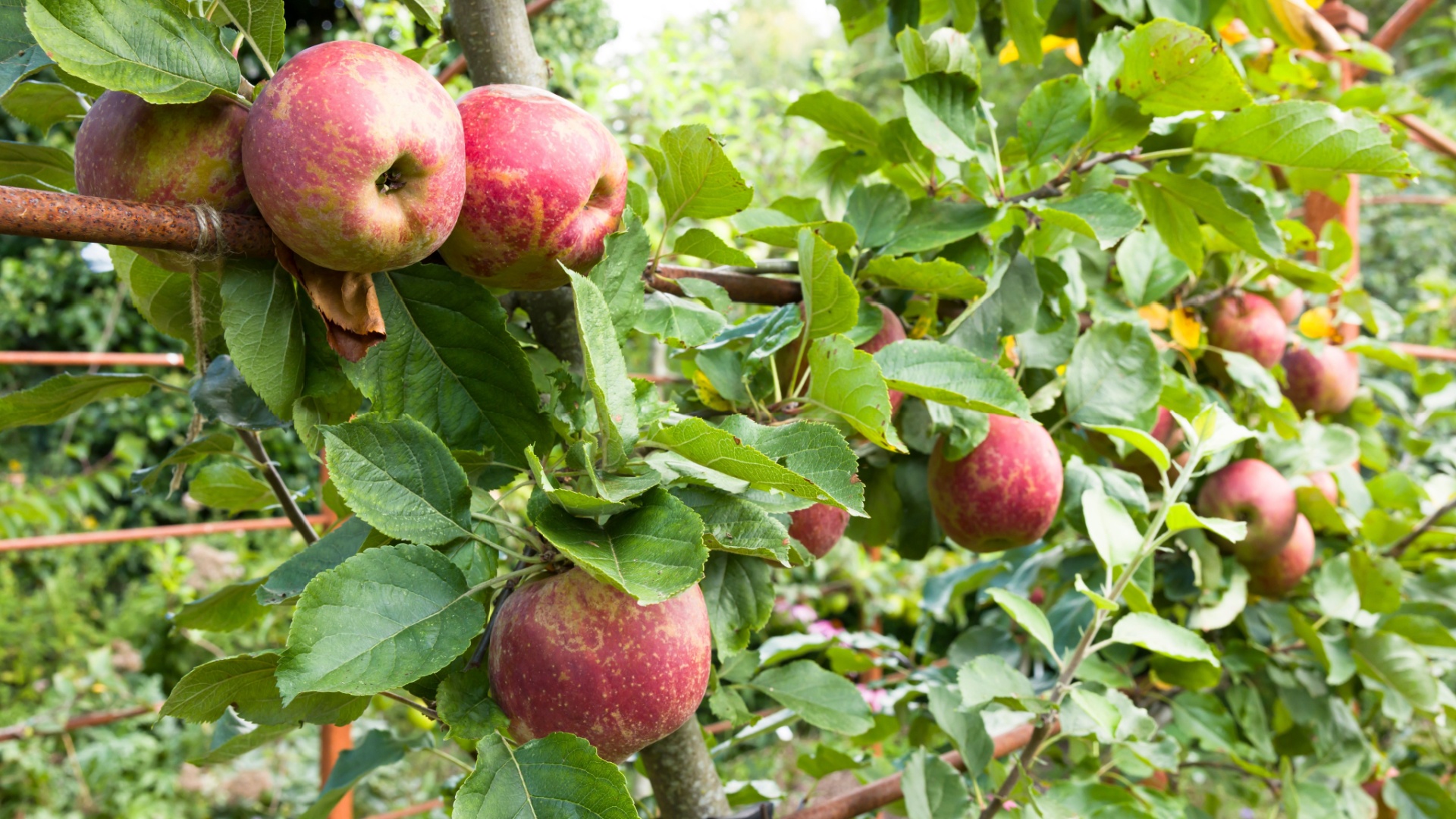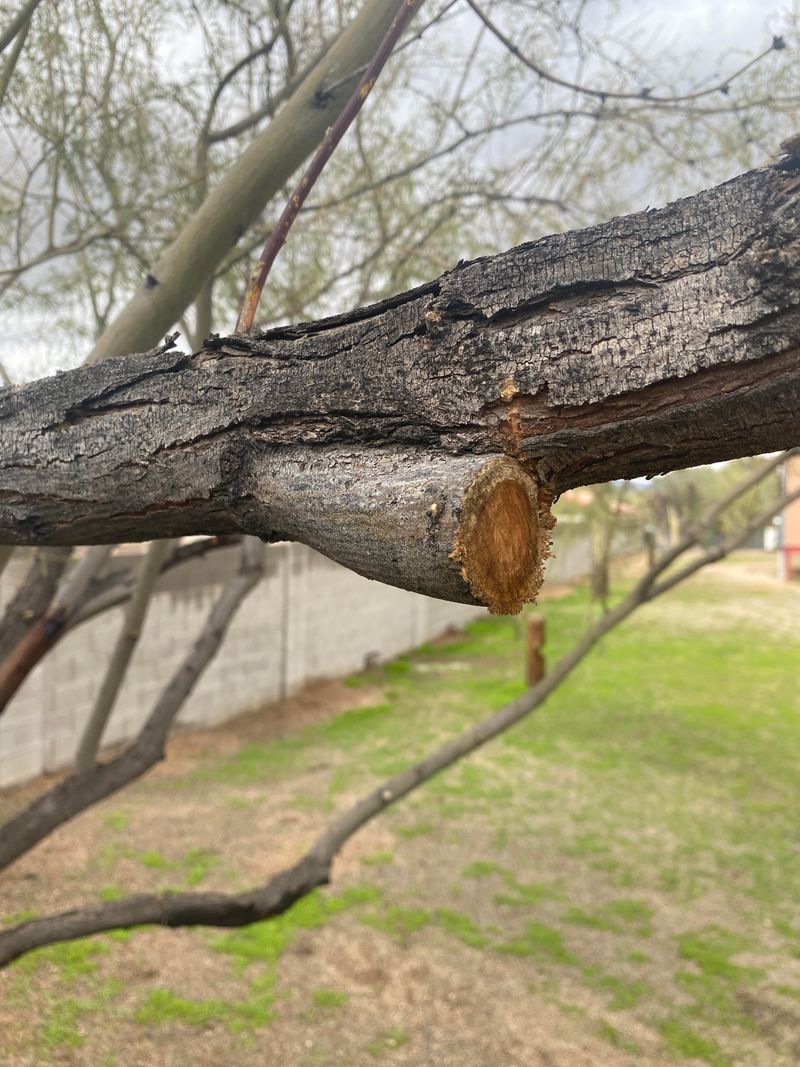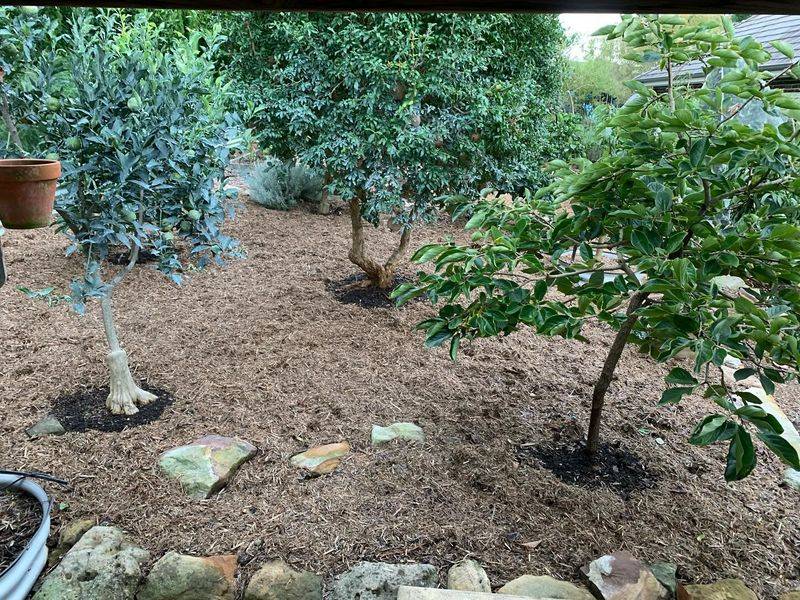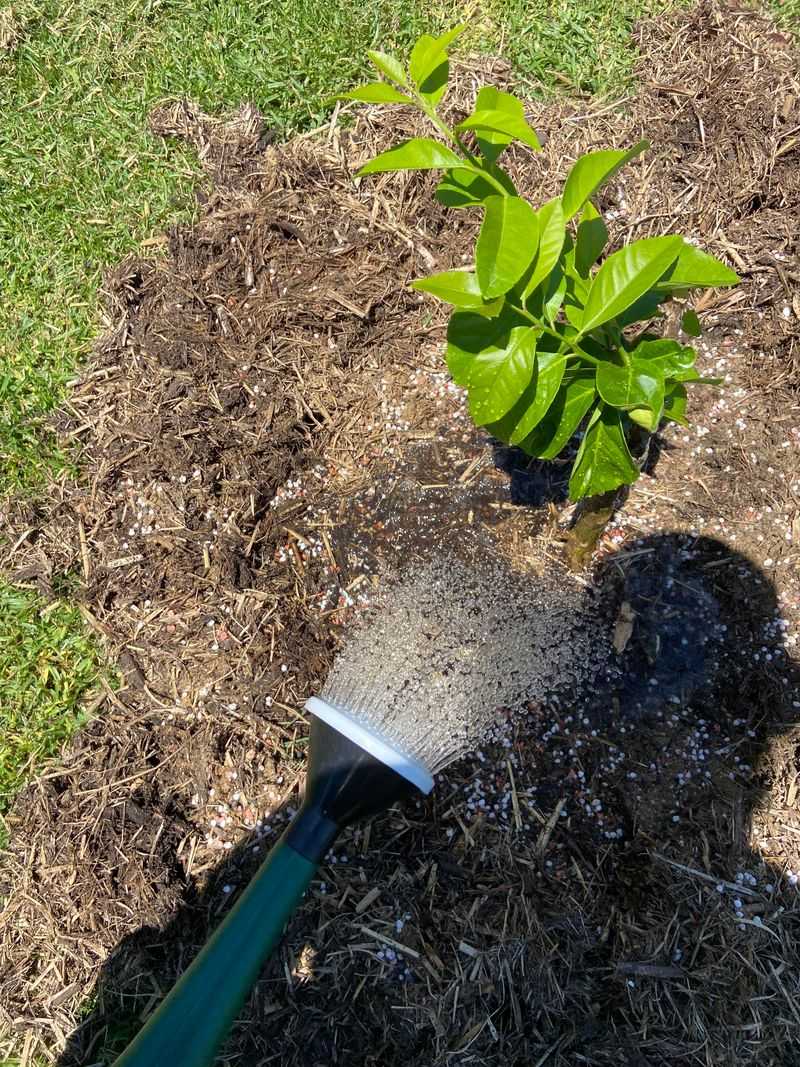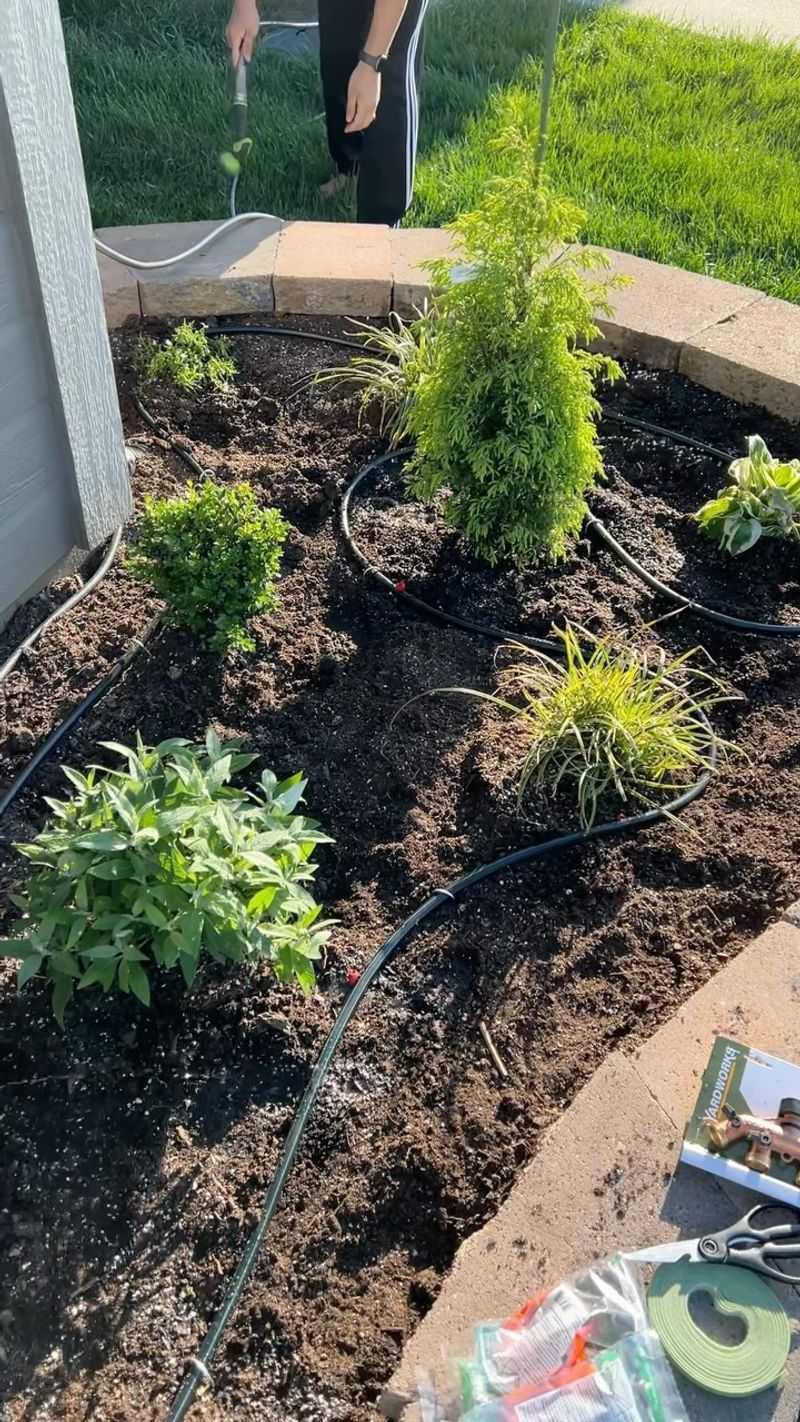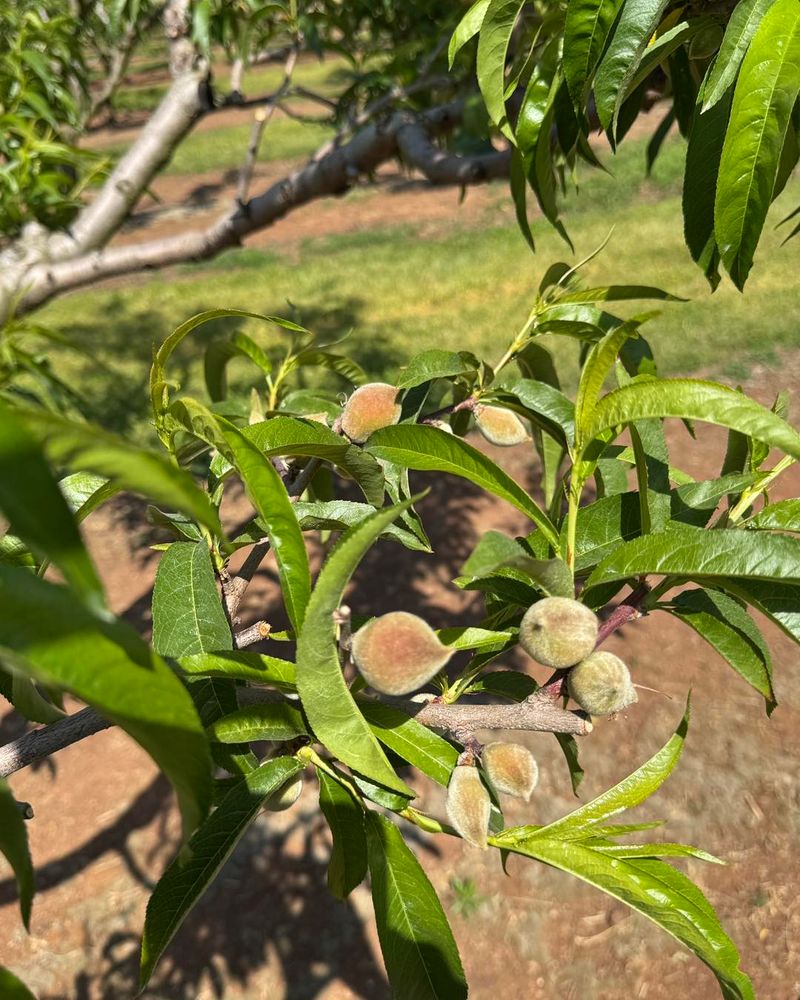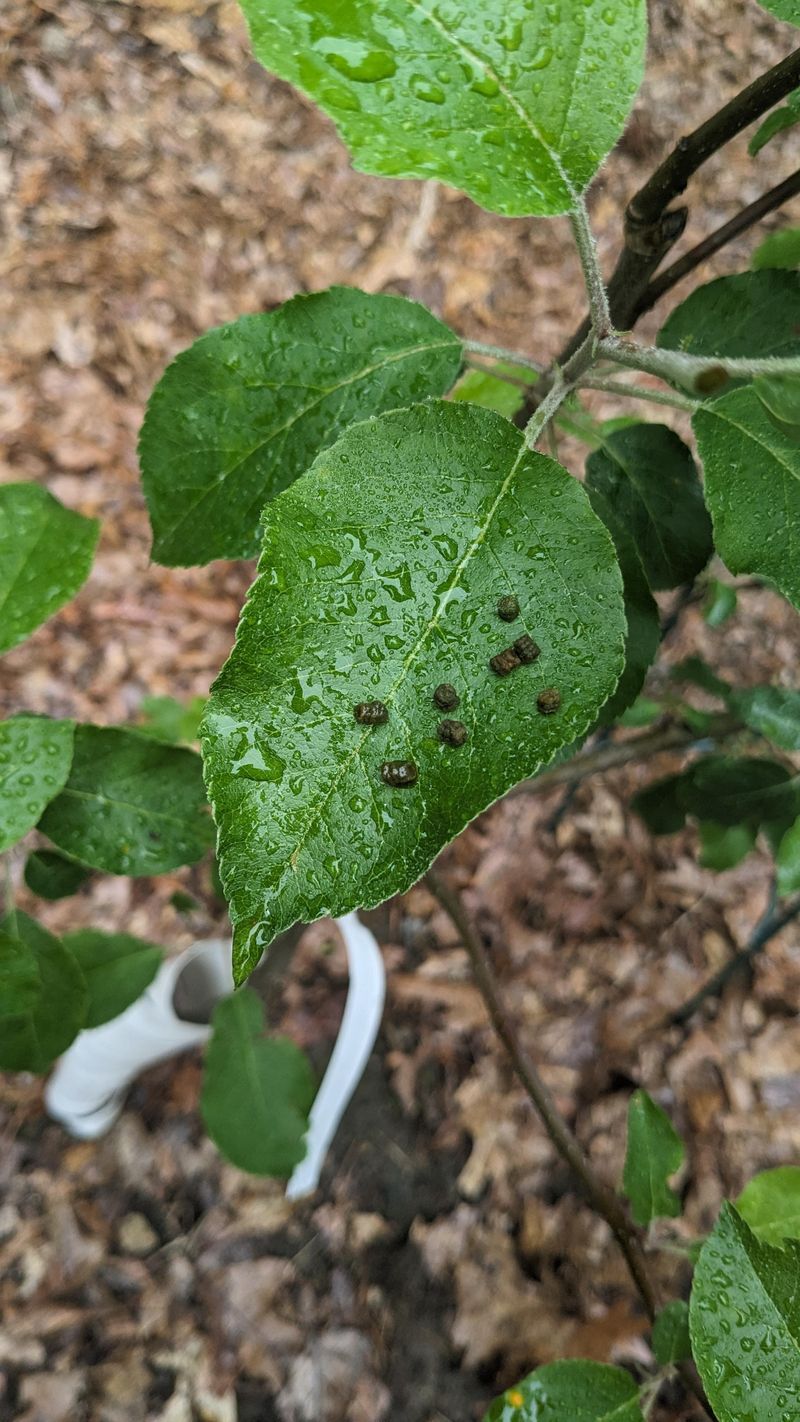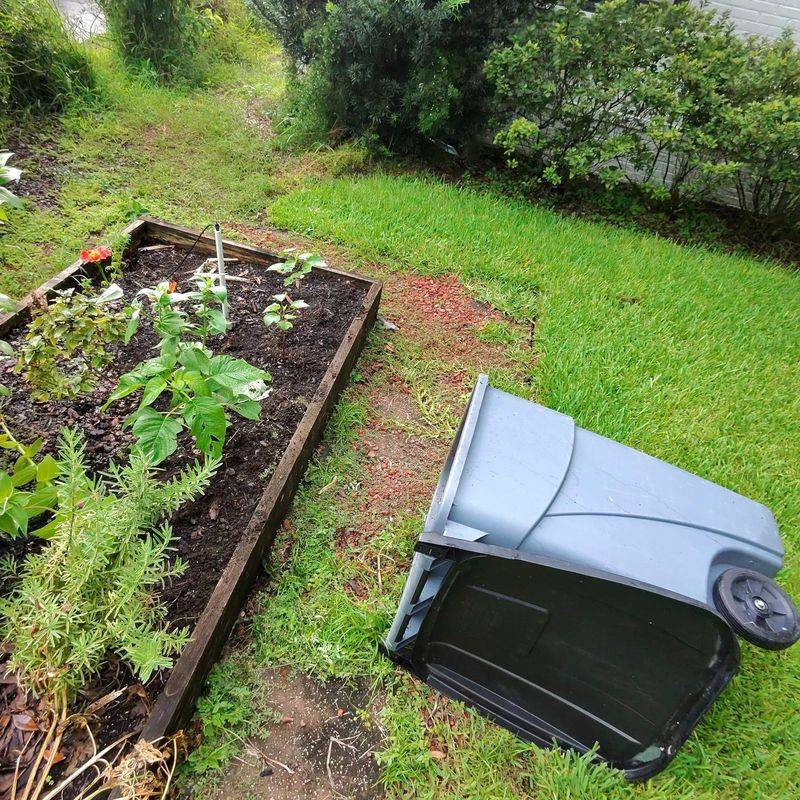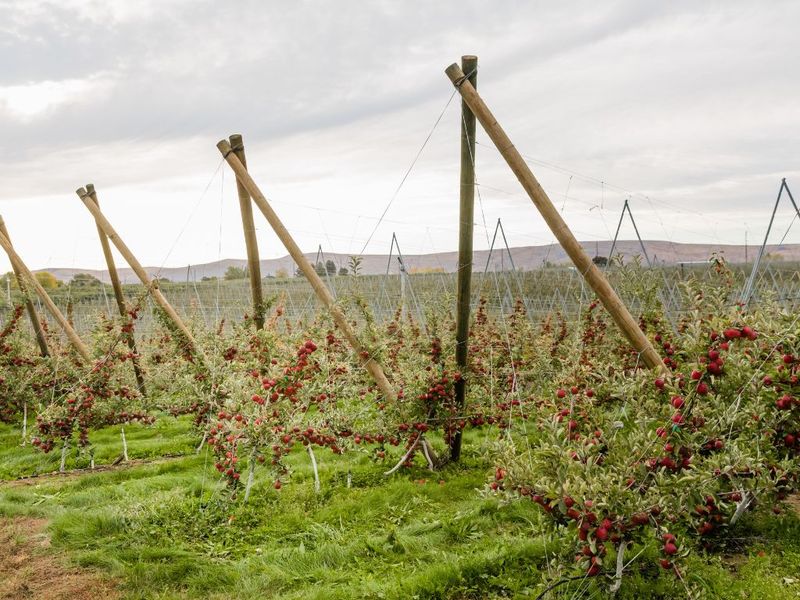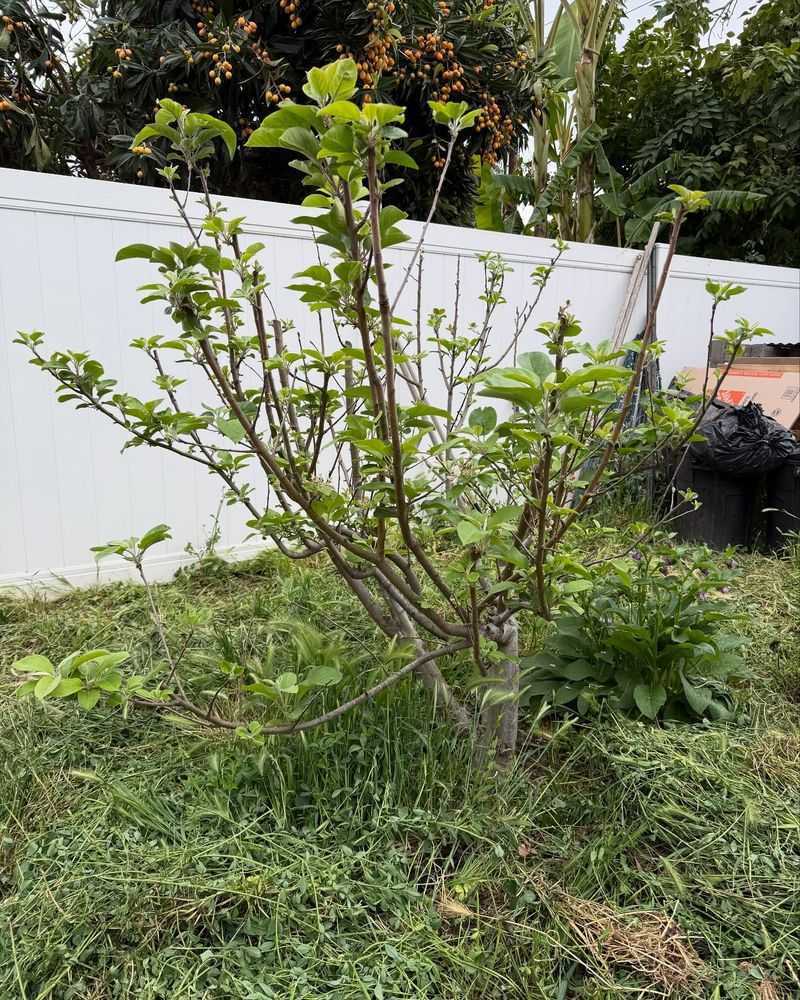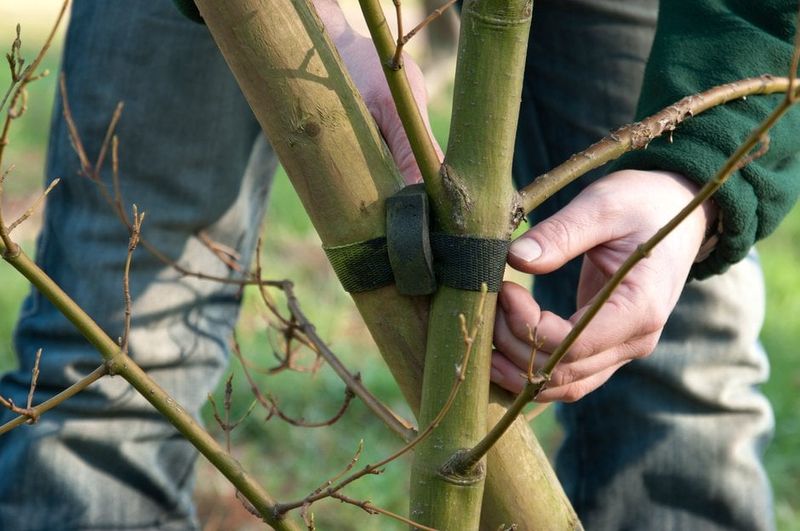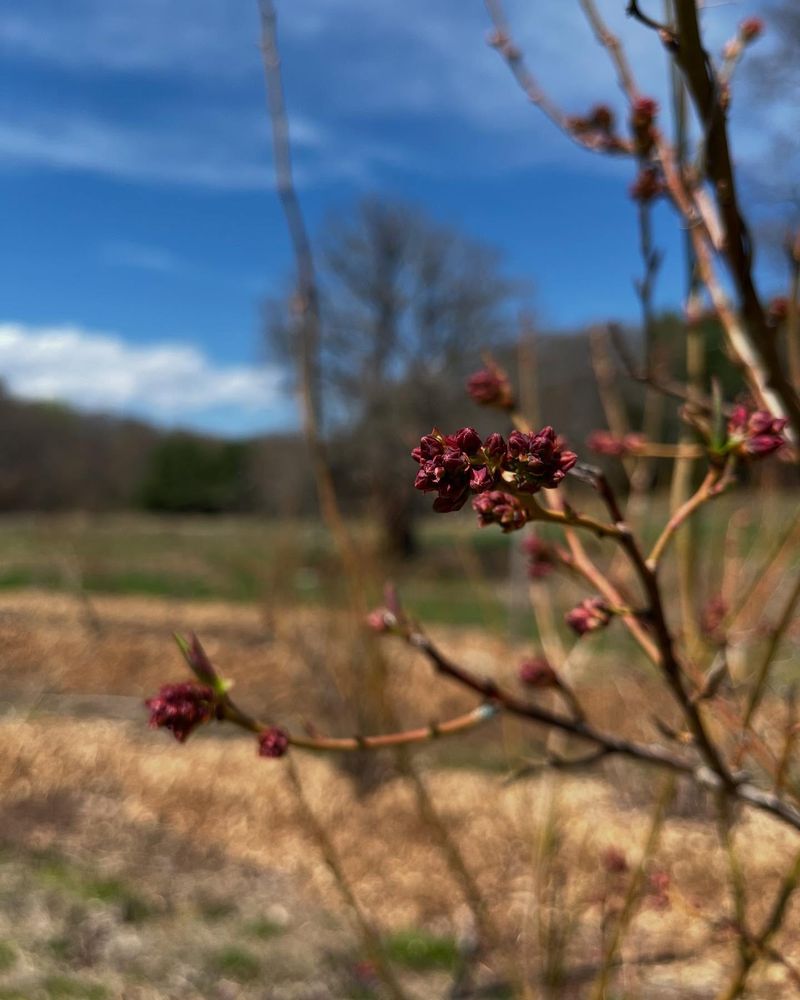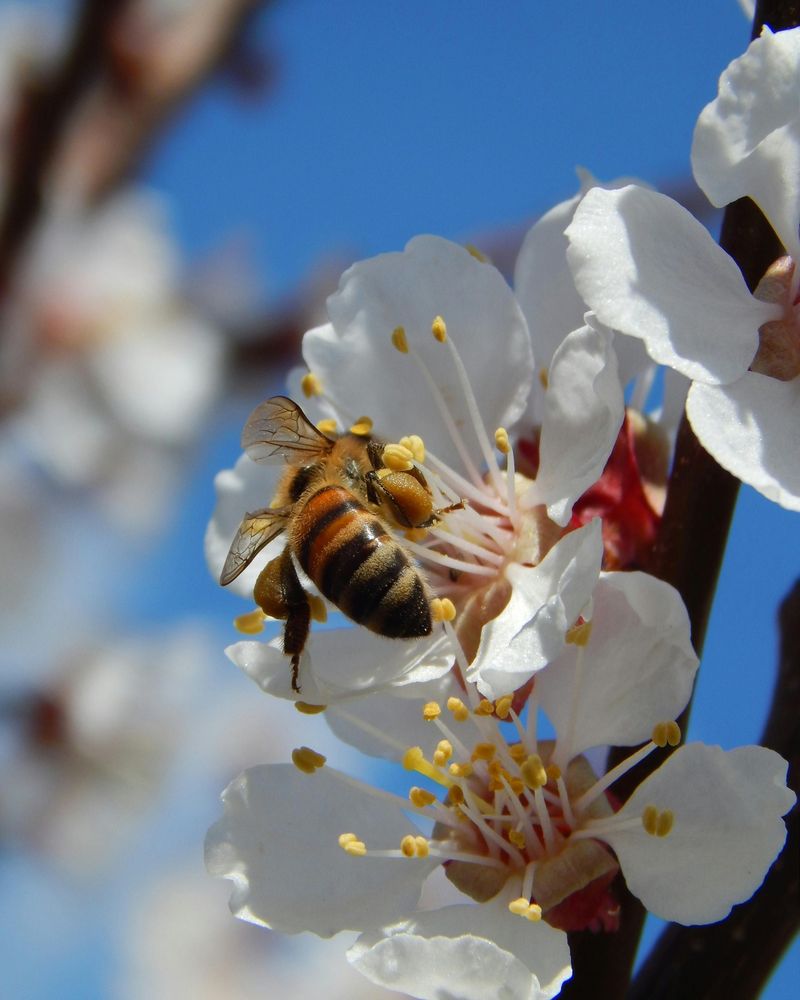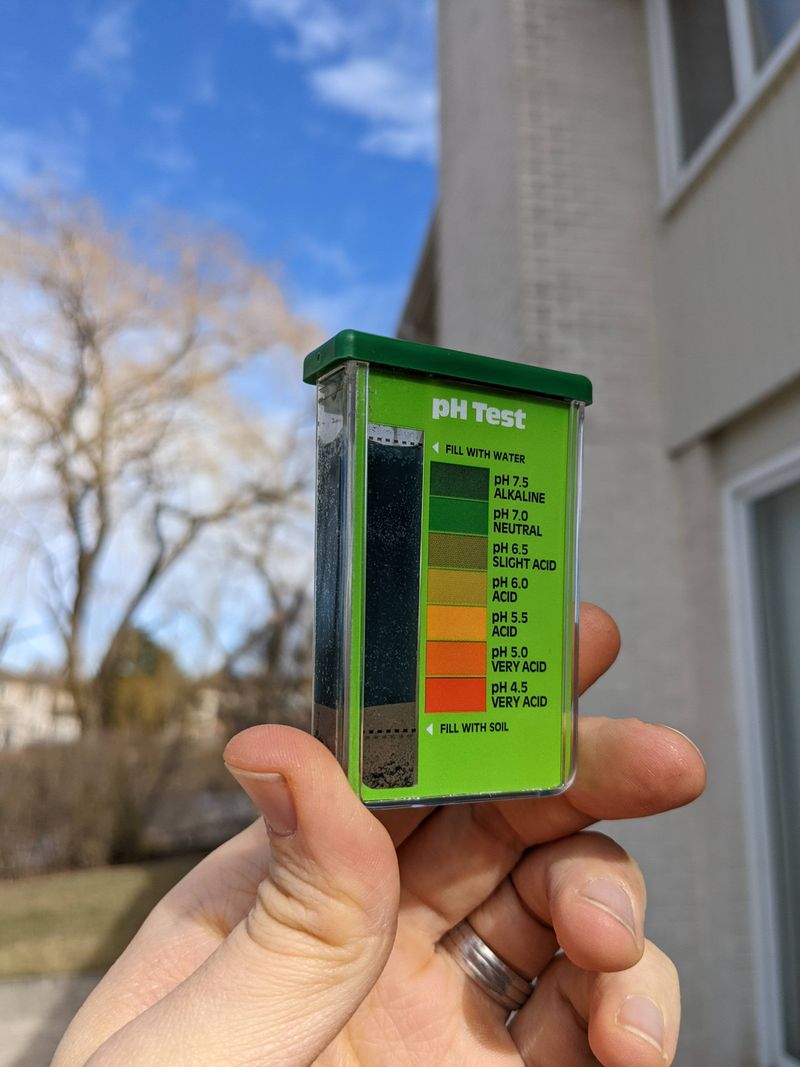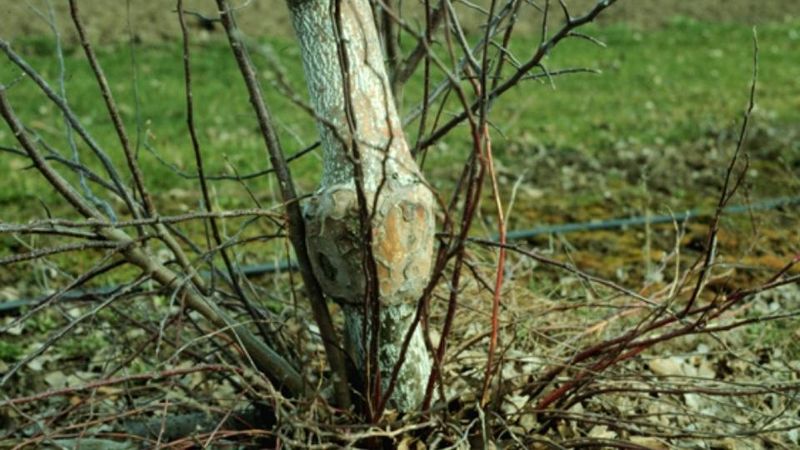May’s final days are your golden window to set fruit plants up for success. Whether you’re growing berries, trees, or vines, these 17 essential tasks will help boost blooms, strengthen growth, and lock in a sweeter, healthier harvest.
Don’t miss your chance—your future fruit is counting on it.
1. Prune Damaged Branches
Winter often leaves its mark on fruit trees with broken or damaged branches. Grab your sharpest pruners and remove any dead, diseased, or crossing branches to improve airflow and sunlight penetration.
Clean cuts heal faster, so make sure your tools are sanitized with alcohol before you start. For larger branches, use the three-cut method to prevent bark tearing and additional damage to your precious trees.
2. Apply Organic Mulch
Mulching around fruit plants creates a protective barrier that retains moisture, suppresses weeds, and gradually feeds the soil as it breaks down. Spread a 2-3 inch layer of compost, straw, or wood chips around your plants, keeping it a few inches away from trunks and stems.
Organic mulches also invite beneficial organisms like earthworms that aerate the soil naturally. Your fruit plants will thank you with improved growth and resistance to summer heat stress.
3. Feed With Balanced Fertilizer
May is perfect timing for giving your fruit plants their main fertilizer application of the season. Choose a balanced organic fertilizer with equal parts nitrogen, phosphorus, and potassium to support healthy growth.
Sprinkle it in a circle around the drip line where feeder roots are most active, then water thoroughly. Avoid the common mistake of piling fertilizer against the trunk, which can burn sensitive bark and damage your plants.
4. Install Drip Irrigation
Getting water directly to plant roots makes all the difference for fruit development. Setting up a simple drip irrigation system now saves countless hours of hand-watering during summer’s heat waves.
Modern kits are surprisingly affordable and easy to install with basic tools. The steady, slow moisture delivery prevents fungal problems that can occur with overhead watering, while conserving water by delivering it precisely where needed.
5. Thin Developing Fruit
Young fruit trees often set more fruit than they can properly develop. Removing excess fruitlets now leads to bigger, tastier fruit at harvest time. Look for clusters and remove all but the largest, healthiest fruit, spacing them about 6 inches apart.
This seemingly harsh practice actually benefits your trees tremendously. Thinning prevents branch breakage from excessive weight and interrupts the biennial bearing cycle that causes trees to produce heavily one year and barely at all the next.
6. Install Bird Netting
Birds love berries and cherries just as much as we do! Getting bird netting in place before fruits ripen saves your harvest from becoming an avian buffet. Choose nets with fine mesh that birds can’t get tangled in.
Support netting with hoops or stakes to keep it from resting directly on plants. Creating this physical barrier is far more effective than scare tactics like reflective tape or plastic owls, which birds quickly learn to ignore.
7. Monitor For Pests
May brings out hungry insects looking to feast on your fruit plants. Take a few minutes each week to flip leaves and check stems for early signs of trouble. Aphids, caterpillars, and mites are common spring visitors that can be managed if caught early.
Introduce beneficial insects like ladybugs or lacewings as natural predators. Spraying plants with a strong stream of water knocks off many pests without resorting to chemicals that might harm pollinators.
8. Plant Companion Flowers
Flowering plants near your fruit garden attract beneficial insects that pollinate blossoms and hunt pests. Marigolds, cosmos, and sweet alyssum are perfect companions that bring in helpful bugs while adding beauty to your garden space.
Strategic planting of aromatic herbs like mint and basil can confuse and repel certain fruit pests too. Just remember to keep mint contained in pots to prevent it from taking over your garden with its enthusiastic spreading habit.
9. Remove Competing Weeds
Weeds compete fiercely with your fruit plants for water and nutrients. Pull them now while they’re small and before they set seed. Focus especially on the area directly under your fruit trees and bushes where competition affects yields most.
A sharp hoe makes quick work of young weeds between rows. For established perennial weeds, dig out the entire root system or they’ll bounce right back. Regular weeding sessions now mean less work and stronger fruit plants all season.
10. Check Support Structures
Heavy fruit can break branches, especially on young trees. Now’s the time to install or repair supports before fruit weight becomes an issue. Wooden stakes, trellises, or specialized fruit tree supports all work well depending on your plants’ needs.
For raspberry and blackberry canes, secure them to wires or trellises with soft plant ties. Grape vines need sturdy support systems that can handle their vigorous growth and heavy fruit clusters without sagging or collapsing.
11. Manage Grass Around Trees
Grass growing right up to tree trunks competes for resources and can slow fruit tree growth significantly. Create grass-free circles at least 3 feet in diameter around each tree trunk using mulch or landscape fabric.
If you have an established orchard, consider using a string trimmer with caution to keep grass short. Never let power mowers bump against trunks, which damages bark and creates entry points for diseases and pests that can devastate your trees.
12. Fix Leaning Plants
Young fruit trees and bushes sometimes develop a lean that worsens as they grow. Correct this now by staking and gently straightening plants while their root systems are actively growing and can adapt to the new position.
Use broad, soft straps rather than wire or string, which can cut into bark. Position stakes on the windward side when possible, and check ties monthly to prevent them from getting too tight as the trunk expands.
13. Prune Spring-Flowering Shrubs
Once flowering currants and other spring-blooming fruit shrubs finish their show, it’s pruning time. Remove about one-third of the oldest stems at ground level to encourage fresh, productive growth for next year’s fruit.
For blueberries, focus on removing weak, spindly growth and opening up the center for better air circulation. Sharp, clean tools make all the difference in getting clean cuts that heal quickly without inviting disease problems.
14. Add Pollinator Plants
More pollinators visiting your garden means better fruit set and bigger harvests. May is perfect for adding flowering plants that attract bees, butterflies, and other helpful insects to your garden space.
Choose plants with different bloom times to keep pollinators coming all season long. Native flowering plants are especially valuable since they’ve co-evolved with local pollinator populations and provide exactly what these beneficial insects need.
15. Prepare For Summer Pests
Getting ahead of summer pest problems saves headaches later. Hang sticky traps to monitor for flying insects, and wrap tree trunks with protective barriers against climbing pests like ants that farm aphids.
Consider ordering beneficial nematodes to combat soil-dwelling pests that emerge in summer. Mixing diatomaceous earth into your mulch creates a protective barrier against slugs and snails that love to munch on ripening strawberries and low-hanging fruits.
16. Test Soil pH
Different fruit plants have specific soil pH preferences. Blueberries love acidic soil around 4.5-5.5, while most tree fruits prefer slightly acidic to neutral conditions between 6.0-7.0. Home test kits make checking your soil’s pH quick and easy.
If adjustments are needed, add sulfur to lower pH or lime to raise it. These amendments work gradually, so applying them now gives them time to change soil conditions before the main growing season kicks into high gear.
17. Remove Suckers And Watersprouts
Many fruit trees send up vigorous shoots from the base (suckers) or straight up from branches (watersprouts). These energy-draining growths take resources away from fruit production and should be removed promptly.
Pull suckers from the ground when they’re young rather than cutting them, which stimulates more growth. For watersprouts, remove them completely at their base. Regular removal trains the plant to stop wasting energy on these unproductive shoots.

